The best of startups have one thing in common, they work round the clock to ensure their prospects and customers have the best experience with their products and brands. Positive customer experience is the ultimate way to build a successful startup that has a loyal customer base.
There are many ways of fostering positive experience with your startup, a proven and prominent one is Content Marketing. This is a strategic marketing approach focused on creating and distributing valuable, relevant, and consistent content to attract and retain a clearly defined audience — and, ultimately, to drive profitable customer action.
Unlike outbound marketing strategies (including paid ads) that are usually aimed at just advertising a product, content marketing can help you support your leads and customers at every stage of their journey with your brand.
It can help your brand and product gain profitable awareness and reach, help you sell your product, help you successfully onboard your customers and even support them after their purchase.
How do you deploy content marketing in a bid to give your customers the best experience with your brand and establish yourself as a thought leader in your industry? That is exactly what we’ll be examining, in-depth, in this guide.
Following the steps outlined in this guide will help you easily implement a content strategy for your startup even if you’ve never done it before.
If you’re already utilizing this strategy, the updated information and data in this guide will help you refresh your existing strategy so you can come up with new ways to create and share contents that your audience wants.
WHAT IS CONTENT MARKETING?
Content marketing, as defined by HubSpot, is the process of planning, creating, distributing, sharing, and publishing content via channels such as social media, blogs, websites, podcasts, apps, press releases, print publications, and more.
The goal is to reach your target audience in a bid to increase brand awareness, sales, engagement, and loyalty.
WHY IS CONTENT MARKETING IMPORTANT FOR YOU AS A STARTUP?
The nature of the startup landscape is such that a product or service is developed and brought to the market to meet an anticipated demand. Getting a product or service to succeed in a startup, especially in face of unwavering competition, is easier said than done though. It usually involves a lot of work in core stages of a startup including funding, product development, product marketing, customer marketing and branding.
Content marketing can help you in every of the aforementioned stages. During your product development stage, different forms of content can be used to introduce your product or service to your potential investors and/or lead to gauge their interest and solicit their support for the product or service.
A popular example of how this has been used is Drew Houston’s use of a video as the minimum viable product (MVP) for Dropbox. The Dropbox MVP is a simple three-minute demonstration of the technology as it is meant to work and it was targeted at a community of technology early adopters.
It was a huge success, as recounted by Drew. It drove hundreds of thousands of people to the Dropbox website and the app’s beta waiting list went from 5,000 to 75,000 literally overnight (a 1400% increase).
Contents can help you during the marketing and sales phases of your product, especially in the beginning when you have little to no brand awareness and reach. You can use content tailored to the needs of your target audience to explain what your product or service is and how it solves a major challenge for them. This can help you gain brand awareness and reach, and help you become a thought leader in that industry.
For example, if you have a payroll product that makes it fast and easy for companies to pay their employees. You can create guides, articles, webinars, infographics etc that educate people on the challenges of traditional payroll methods, then introduce them to the ultimate solution to those challenges, your product.
Contents are also being used as a major form of self-service support for customers. Many SaaS startups develop a knowledge base where their customers can find valuable contents that provide insights and answers on different product related topics at will.
This type of knowledge base has two major advantages; it empowers customers to quickly and easily find required answers at the point of need, and it reduces the workload on your sales and support team.
Knowledge base is a no-brainer for a SaaS startup that is looking to grow, especially considering the fact that 70% of customers prefer to use a company’s website to get answers to their questions rather than use phone or email, according to Forrester.
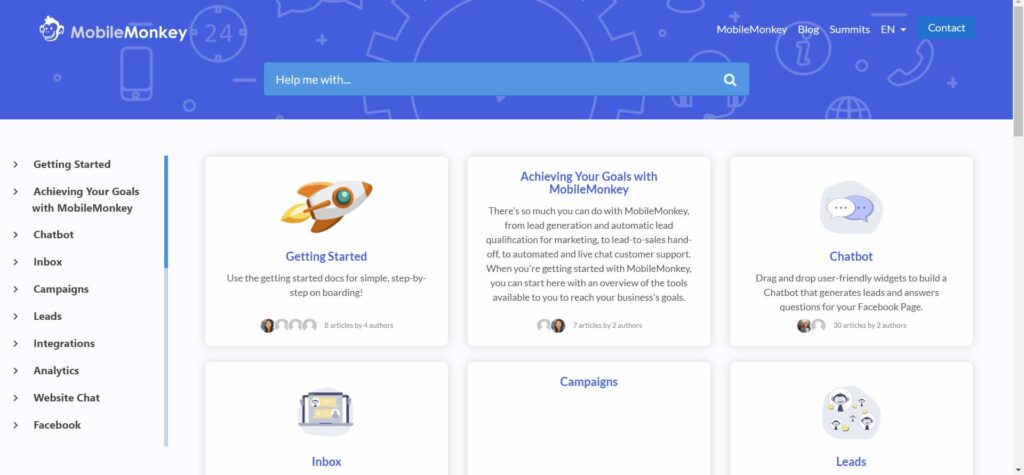
These and more are the reasons why content marketing is important for you, as a startup, and why you should start using it if you’re yet to.
MAJOR CHANNELS OF CONTENT MARKETING
- Website: Your website is one of your most valuable assets as a startup, and it is the primary source of credible information for your target audience. It can also be the host of valuable content that supports your teams’ effort. It can host articles, guides, eBooks, infographics, research insights etc about your product or service and industry. Podcasts, case studies, testimonials, a knowledge base etc are other types of content that can be hosted on your website. The types and amount of content you host will highly depend on your content strategy. More on content strategy later in this guide.
- Social Media: Your social media platform is another major channel of content marketing. You can create and distribute content that resonates with your target audience and share them on social platforms that they use. Popular forms of content doing well on social platforms are short-form videos, carousels on Instagram, and documents on LinkedIn.
- Owned Media of Strategic Partners: You can also host your contents on the owned media of partners that share interest with you. These can include their website, blog, social media platforms etc.
FORMS OF CONTENT
There are four major forms of content used for content marketing, the ones you employ will depend on your content strategy and target audience. The aim of this section is to introduce you to these forms of content and provide you with insights on their best use cases.
It is worthy of note that mixing and matching these forms of content is a common practice as they’re not mutually exclusive.
Regardless of what form of content you choose to employ in your content strategy implementation, make sure it is valuable, relevant and interesting to your target audience.
1. Written word: This is the most widespread form of content. It can be blog posts, articles, guides, eBooks, case studies, sales copies, product copies etc. Written contents are best used on websites when detailed information about a product, service or topic is needed.
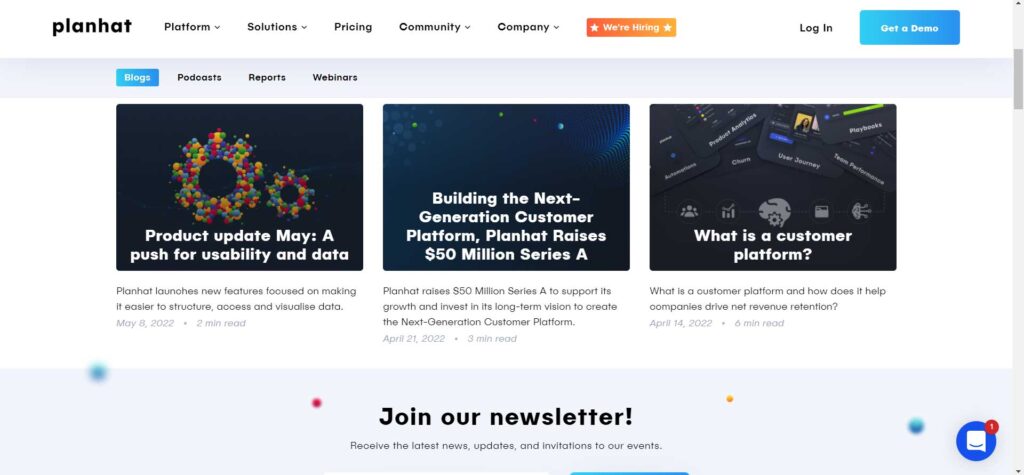
2. Video: Videos, especially short-form ones, have gained traction in the marketing world and have shown signs of not going anywhere anytime soon. They can be used in content marketing for different purposes. One of such is providing answers to customers, in case of videos hosted in a SaaS startup knowledge base.
Another use of videos for startups is providing insights about a topic or an industry on a video hosting platform like YouTube. Some startups also host virtual video conferences, whiteboard sessions and webinars to interact with their target audience. Videos are virtually always a good go-to form of content to achieve a lot of content goals.
3. Images: Infographics and illustrations are two mainstream types of images used in content marketing. They facilitate the simplification and abstraction of a piece of information, and also its presentation in a visually pleasing way.
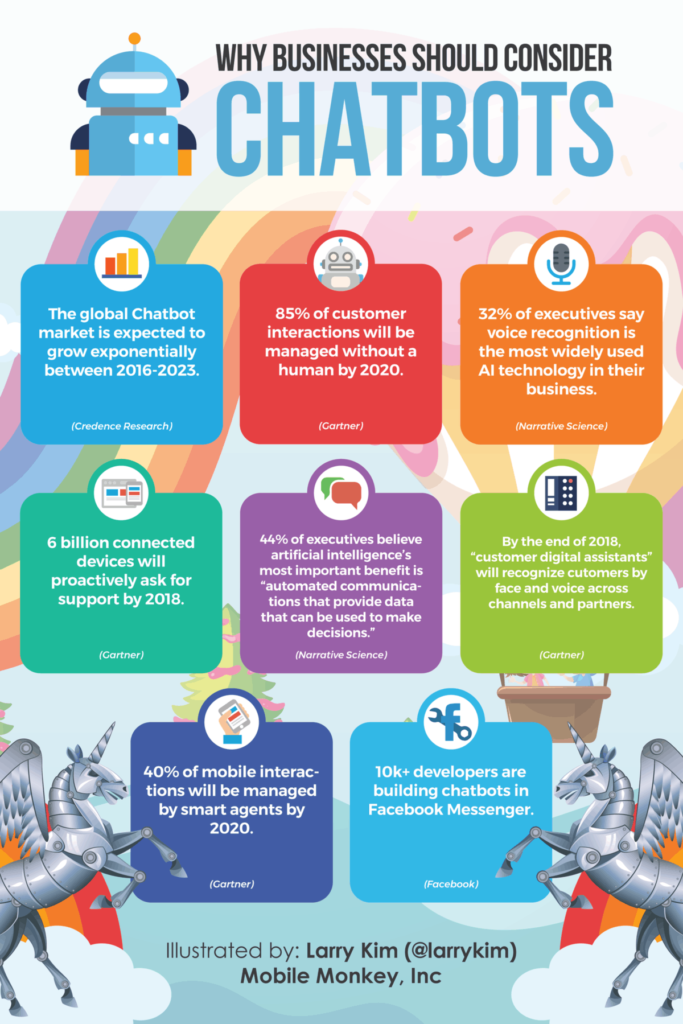
4. Audio: Podcasts and audiobooks are the leading audio contents used by savvy content marketers.
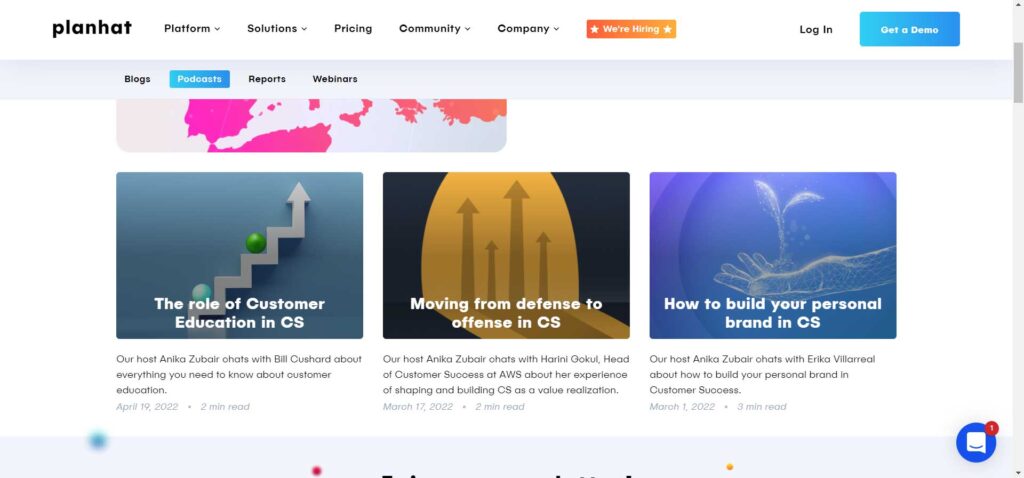
HOW TO RUN EFFECTIVE CONTENT MARKETING FOR YOUR STARTUP
Following these steps sequentially (as each build on the prior), will help you run content marketing that fosters excellent customer experience for your startup.
Step 1: Set Your SMART Content Goals
The first step of your content marketing strategy is to set SMART goals that likely compliment your broader marketing and company goals. SMART is an acronym for Specific, Measurable, Achievable, Relevant and Time-bound. It is important that your content goals use this framework.
Some examples of SMART content goals are:
- Increase brand and product awareness and reach by 20% in 3 months
- Increase Net Revenue Retention Rate to 90% in 6 months
- Increase customer engagement by 10% in 2 months.
- Attract and retain 10 strategic partners in 3 months
All of the examples above have some things in common, they are very specific, they can be measured, they’re achievable, relevant and they have a time constraint attached to them. Having goals like these will ensure you spend your time, efforts and resources efficiently on only things that matter to the success of your startup.
Step 2: Establish Your Key Performance Indicators (KPIs)
KPIs are quantifiable data points that can be used to measure the performance of your content marketing campaigns. If you set your goals with the SMART framework recommended, it’ll be easy to figure out what your KPIs will be. For example, the related KPIs to customer engagement will be backlinks, comments, mentions, likes and shares.
Step 3: Know Your Audience and Build Customer Personas
Understanding the target audience for your contents is a necessity. Knowing your target audience will help you gain clarity on how you can reach them with contents that are tailored specifically to them, contents that help them solve any pain point or challenge they might have.
Creating customer personas will help you fully understand your target audience. Customer personas are thorough and concise profiles of your prospects and customers synthesized through the surfacing of their demographics, psychographics, pain points and challenges.
Some data that can be used to create your customer personas are:
- Demographics: You look at their age, gender, income, education etc.
- Psychographics: Habits, values, beliefs, hobbies etc
- Questions, challenges and pain points: Concern yourself with the questions your prospects are asking and jargon they’re using, the challenges they face and their peculiar pain points.
All of the aforementioned data can help you figure out things like what forms of content to use, what channels should you share your contents on, what really matters to your audience, what challenges and pain points they have and how those can be solved with your contents and product or service.
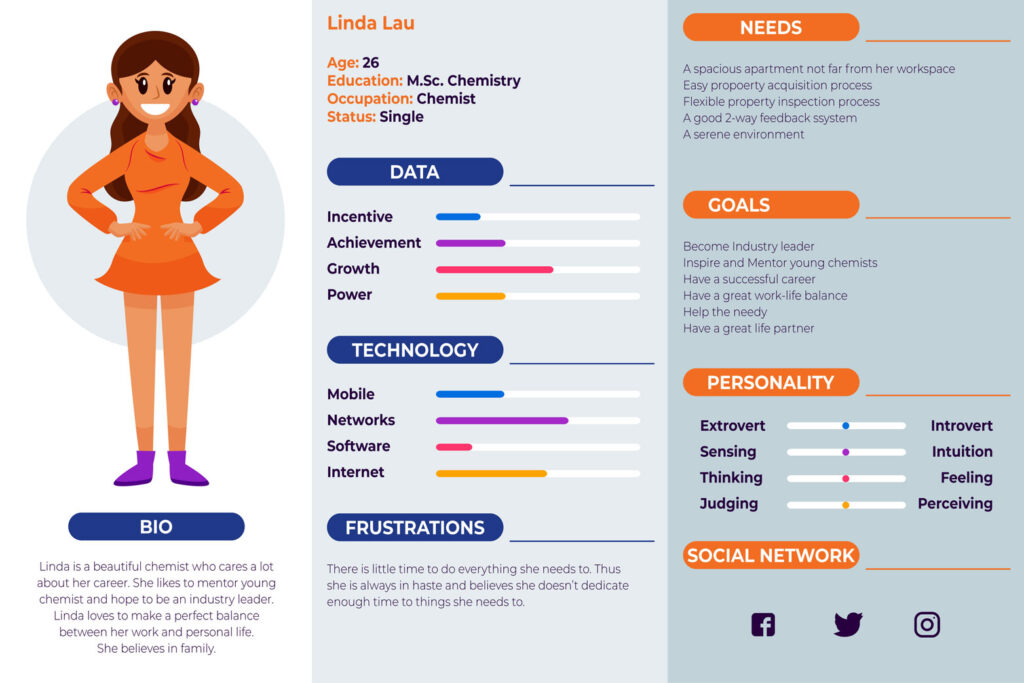
Step 4: Decide on forms and channels of content to be used
Choosing what forms and channels of content to use to achieve your goals should be easy if you’ve followed the steps outlined in this guide sequentially. For example, if your content goal is to increase Net Revenue Retention Rate (NRR) to 100% in 3 months, you already have your KPI, which is your NRR.
The next thing to do is understand your target audience. In this case however, the most important information you need when researching your target audience is the reason why they churn.
If you figure that out to be limited support and unanswered questions, deploy a knowledge base that provides them easily accessible answers at their point of need.
Step 5: Identify and allocate required resources
Now that you’ve established your content goals, your KPIs, who you’re targeting, the form and channels of content to use, it’s important to ensure you have everything required to deliver on your content strategy.
Do you need to hire content marketers or designers (such as copywriters, editors, writers, graphics or motion designers)? What marketing technology stack do you need? Do you need any analytics tool to be able to analyze your KPIs? These and more are questions you should ask when identifying and allocating resources.
Step 6: Create and distribute your contents
This should be easy and straightforward because you’ve figured out what the best forms and channels of content for your goals are. Create easily consumable contents and share them on your identified channels.
It is good practice to use an editorial calendar or social media calendar when sharing your content among your leads and customers. This will help your team stay on top of your content marketing campaigns and also help you schedule your contents ahead of time.
Step 7: Measure and make changes accordingly
The last step in your content campaign will be to analyze and measure your result in a bid to make changes that enhance your content marketing efforts. Look at your goals and KPIs to determine the success of your content strategy.
Did you achieve your goals and KPIs? If yes, how can you optimize your results? If not, what didn’t work and what can you do to change that? These are some questions you should ask yourself at this stage.
FINAL THOUGHTS
Content marketing should be the go-to marketing strategy for startups. This is because when done the right way, it can help you build profitable brand awareness and reach, boost revenue, and build enduring relationship with your prospects and customers.
Let me know what your thoughts are about this guide and content marketing in general. Also, subscribe to this publication for more contents that centers on brand strategy and digital marketing for Startups.
